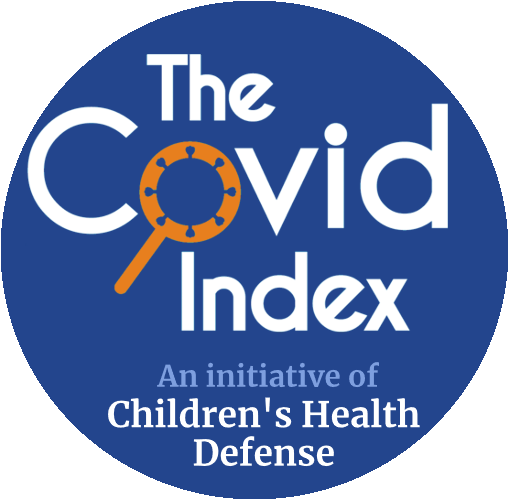"Abstract
Consistent with well-established biochemical properties of coronaviruses, sialylated glycan attachments between SARS-CoV-2 spike protein (SP) and host cells are key to the virus’s pathology. SARS-CoV-2 SP attaches to and aggregates red blood cells (RBCs), as shown in many pre-clinical and clinical studies, causing pulmonary and extrapulmonary microthrombi and hypoxia in severe COVID-19 patients. SARS-CoV-2 SP attachments to the heavily sialylated surfaces of platelets (which, like RBCs, have no ACE2) and endothelial cells (having minimal ACE2) compound this vascular damage. Notably, experimentally induced RBC aggregation in vivo causes the same key morbidities as for severe COVID-19, including microvascular occlusion, blood clots, hypoxia and myocarditis. Key risk factors for COVID-19 morbidity, including older age, diabetes and obesity, are all characterized by markedly increased propensity to RBC clumping...
6.2. Myocardial Damage Experimentally Induced by SARS-CoV-2 SP in the Absence of Whole Virus
Induction of myocarditis by SARS-CoV-2 SP in the absence of whole virus was evidenced in two rodent studies by IV injection of BNT162b2, the Pfizer-BioNTech mRNA vaccine, an experimental system in which SP is generated by host cells, distinct from intramuscular (IM) injection used for clinically administered COVID-19 vaccinations. Clinical cases of SARS-CoV-2 SP found in endothelial cells after IV mRNA vaccination support the possibility that SP could be generated by nucleated endothelial cells in blood vessels post-vaccination. In mice, after a second IV vaccine dose, 67% had grossly visible white patches over the visceral pericardium and all showed changes of myopericarditis, compared with only mild degenerative changes in the myocardium in the intramuscular (IM)-injection group. All of the mice in the IV-injection and the IM-injection groups had myocardial WBC infiltration and cardiomyocyte degeneration and necrosis vs. none in saline-injection controls. Rats given two IV doses of BNT162b2 vaccine two weeks apart in another study manifested marked blood hypercoagulability along with apoptotic cardiac muscle fibers, ECG changes and other abnormalities that reflected myocardial injury...
6.3. Clinical Signs of Microvascular Occlusion and Myocarditis after Exposure to SARS-CoV-2 SP
... Investigators at the same hospitals found indications that SARS-CoV-2 mRNA vaccines routinely persist up to 30 days following vaccination and are detectable in the heart. SARS-CoV-2 SP was found on cardiomyocytes of 9 of 15 mRNA-vaccinated subjects with symptoms of myocarditis in another clinical series...
10. Conclusions
... RBC aggregation induced by SARS-CoV-2 SP through sialylated glycan attachments and resulting microvascular occlusion is key to the morbidities of severe COVID-19."
© 2023 by the authors. Licensee MDPI, Basel, Switzerland.
This article is an open access article distributed under the terms and conditions of the Creative Commons Attribution (CC BY) license (https://creativecommons.org/licenses/by/4.0/).
